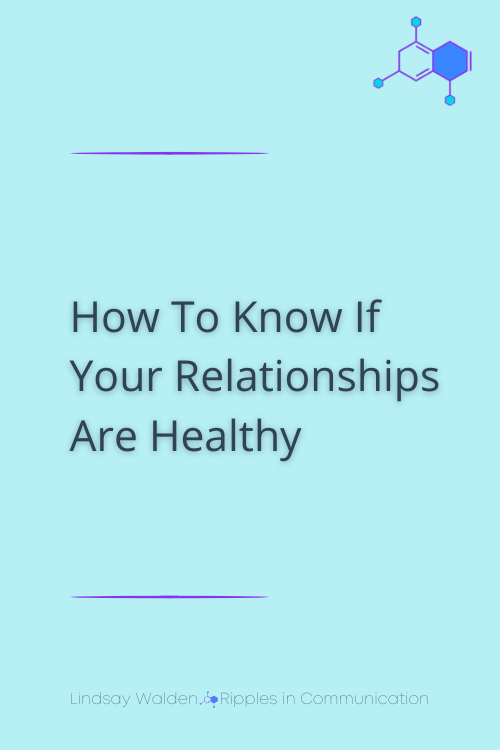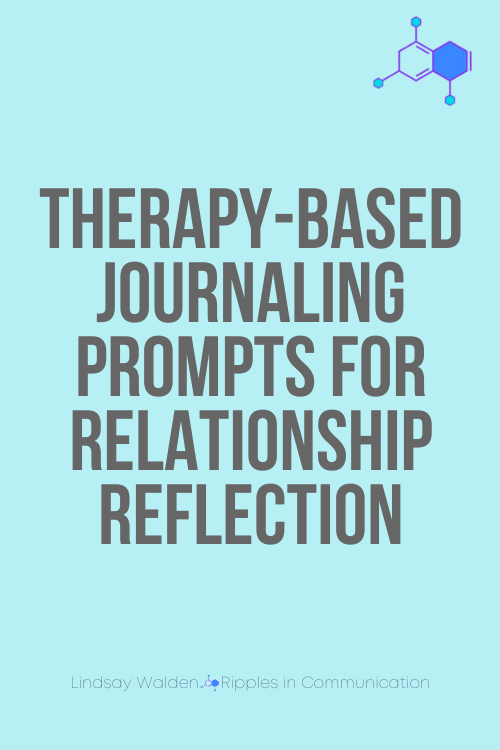How to Foster Meaningful Relationships (That Actually Feel Good to Be In)
Have you ever found yourself feeling lonely in a room full of people? Or maybe you're in relationships that look fine from the outside but leave you emotionally drained or unseen. You're not alone—and no, there’s nothing wrong with you.
Oh! Before you continue, make sure you snag your free CTN Toolkit Sampler Guide
Have you grabbed your FREE CNT Toolkit Sampler yet? It’s packed with science-backed tools designed to help you regulate emotions, manage stress, and develop deep self-awareness. If you’ve ever felt overwhelmed by your reactions or stuck in negative thought patterns, this toolkit will give you the proven strategies I use with clients to help them strengthen emotional neutrality, rewire unhelpful responses, and build lasting resilience. Inside, you’ll find practical exercises and guided reflections to help you navigate challenges with clarity and confidence. Enter your email below, and I’ll send it straight to your inbox!
Relationships are at the center of the human experience. They shape how safe we feel in the world, how we see ourselves, and how we connect to meaning. And when our relationships feel off—or when we’ve never really had the kind of connections we long for—it can ripple into every part of our lives.
That’s why the Relationships & Connections section of the CNT Self-Discovery Puzzle exists. It’s not just about making a checklist of your “people.” It’s about looking deeper—at the patterns you’ve learned, the boundaries you’ve set (or never learned how to), and the hidden beliefs you may be carrying that quietly dictate what kind of love you think you’re worthy of.
Let’s break it down together. In this post, I’ll show you how to reflect on your relationships using Cognitive Neuro Therapy, uncover your patterns, and start nurturing deeper, more honest connections—with others and yourself.
Why Relationship Reflection Isn’t Just Nice—It’s Necessary
Many of us are taught to focus on others in relationships: What they’re doing, not doing, giving, or withholding. But true connection starts by turning inward. When you understand how your brain wires itself around connection—especially after trauma, neurodivergence, or long-term stress—you stop blaming yourself (or others) and start seeing what’s actually going on beneath the surface.
Here’s why this matters:
When you reflect on how you show up in relationships, you begin to understand your own emotional needs, not just react to what’s happening around you.
By exploring the emotional safety (or lack of it) in your connections, you build a stronger foundation for intimacy, not just surface-level interactions.
You start spotting recurring patterns—like shutting down when things get tough, overgiving to avoid rejection, or choosing emotionally unavailable partners—and learn how to shift them from the inside out.
From a neuroscience standpoint, safe, reciprocal relationships help regulate the nervous system, build resilience, and even rewire how we process stress and emotions. That’s not fluff—it’s brain science. The quality of your relationships literally impacts how your brain functions.
A Different Way to Reflect on Your Relationships
Instead of journaling in circles or venting to your best friend (again), I want you to try something more intentional. In the Relationships & Connections section of the CNT Self-Discovery Puzzle (which you can download free in the CNT Toolkit Sampler), you’ll find a series of prompts designed to help you look beneath the surface.
But this isn’t just about answering questions. It’s about noticing patterns. Here’s how to start:
1. Look at how you give (and receive) love. Ask yourself: “How do I show love or care in my closest relationships? And what makes me feel most loved in return?” This will start to reveal any gaps between how you're wired emotionally and how your people relate to you.
2. Think back on one relationship that changed you. Not all change comes from happy endings. Write about one relationship—past or present—that taught you something vital. What did it bring up in you? What did it show you about your boundaries, needs, or triggers?
3. Define what you value in your people. What are the top one or two qualities that matter most to you in close relationships? Kindness? Accountability? Emotional depth? Then ask: Am I surrounding myself with people who consistently embody those traits?
Ben’s Story: What Happens When You Start Paying Attention
Let’s talk about Ben, a former client who came in feeling like he was always the “supportive friend”—the one who showed up, listened, gave advice—but rarely got the same energy back. He wasn’t sure why his friendships felt exhausting, but he blamed himself for expecting too much.
Through CNT work, we uncovered a belief he picked up early in life: You’re only valuable if you’re useful to others. Once we brought that unconscious belief into the light, everything shifted.
Ben started reflecting on what he actually wanted in a friendship—mutual effort, open communication, and emotional presence. With this new clarity, he stopped chasing closeness with people who couldn’t meet him there. And guess what? He didn’t just feel less drained—he started attracting friendships that finally felt safe and reciprocal.
When you understand the cognitive and emotional wiring behind your relationships, you’re no longer stuck trying to fix things from the outside. You change the script from the inside out.
3 Steps to Nurturing Deeper, More Aligned Relationships
This part isn’t about becoming the perfect partner or friend. It’s about being more you—authentically, vulnerably, and unapologetically. Here are three therapist-approved ways to start:
1. Communicate with intention, not performance. You don’t need to over-explain, sugarcoat, or manage other people’s reactions. Start naming your needs clearly and calmly. Practice saying things like, “I’d like to feel more supported in this area,” or “Can we check in more often?”
2. Make space for both gratitude and honesty. Appreciation deepens connection, but so does truth. You can hold both. Expressing gratitude doesn’t mean ignoring what’s not working. Learn to say thank you and “this matters to me and I’d like to talk about it.”
3. Redefine boundaries as self-loyalty. Boundaries are not walls—they’re filters. They help you stay loyal to your energy, time, and emotional safety. Pay attention to where you feel consistently anxious, drained, or resentful. That’s a signal your boundary needs strengthening, not your tolerance.
What Happens When You Prioritize Healthy Relationships
When you start doing this work, here’s what begins to shift:
✔ You become more emotionally aware. You’re not just reacting—you understand what you feel and why. ✔ You build stronger emotional intimacy. Your relationships become spaces for safety, not performance. ✔ You choose quality over quantity. You stop chasing connection and start creating it—with people who meet you where you are.
But most importantly? You stop abandoning yourself in order to be loved. And that is where the real healing starts.
Your Next Step: Start Reflecting with the CNT Toolkit Sampler
If you’re ready to explore your relationships in a way that’s deeper, more aligned, and backed by science—you don’t have to do it alone. The CNT Self-Discovery Puzzle, included in the free CNT Toolkit Sampler, walks you step-by-step through powerful reflection prompts, all grounded in the Cognitive Neuro Therapy approach.
It’s not just self-help—it’s self-honoring.
→ Download the CNT Toolkit Sampler today and start uncovering what your relationships are really telling you—and how to build the ones you’ve always wanted.







